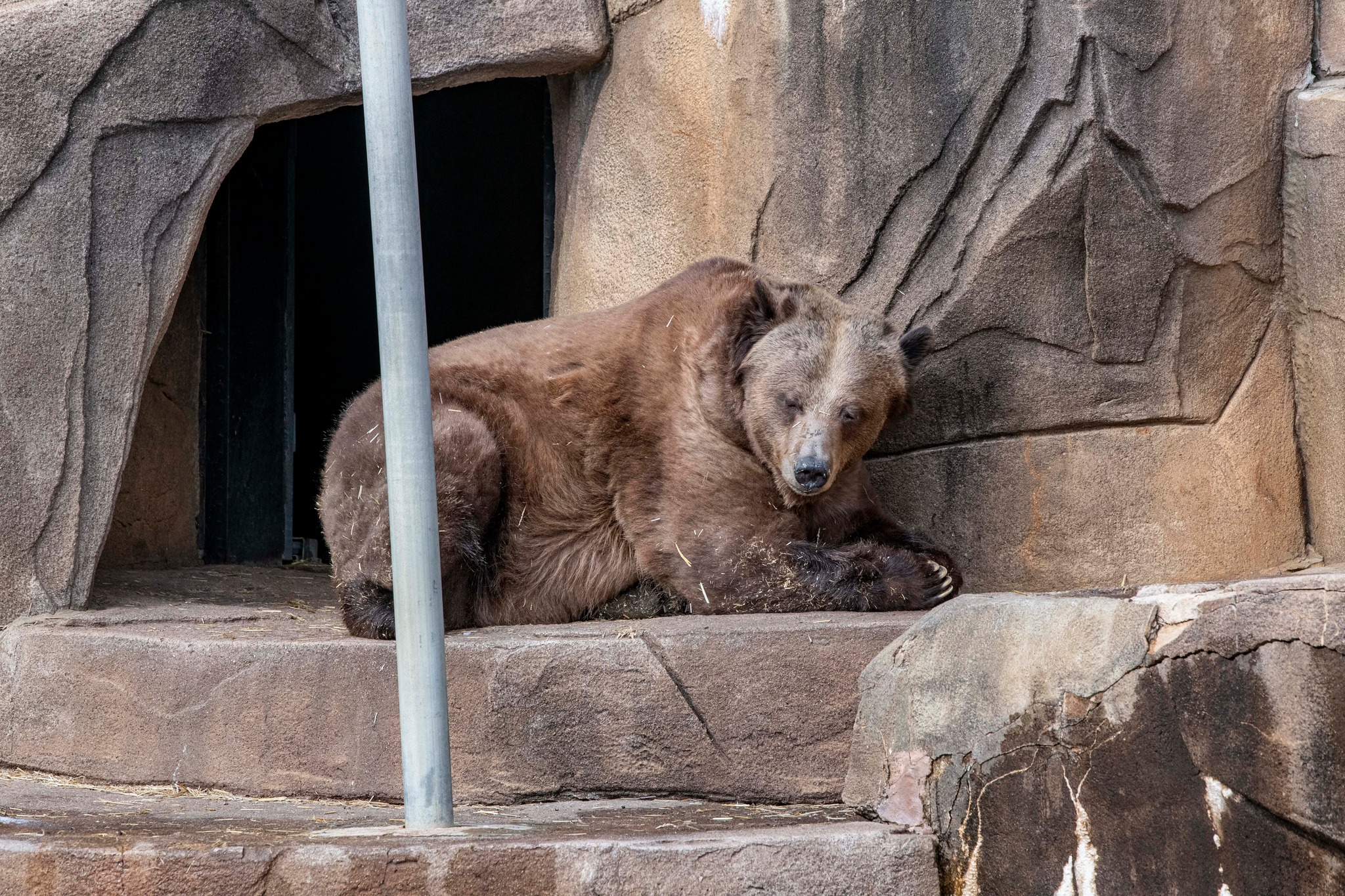- Understanding the behavior and habitat of grizzly bears as a major zoo attraction
- The significance of zoo’s educational programs in wildlife conservation
- Advantages of visiting zoos during spring break and engaging with wildlife
- Importance of online ticket purchasing for improved visitor experience
- Conservation efforts and global importance of grizzly bears
Visiting a zoo can be an exciting and enlightening spring break experience, especially with the opportunity to observe majestic creatures such as grizzly bears. These powerful mammals attract visitors eager to learn about their behavior and habitat. Zoos play a critical role in this learning journey by providing a window into the world of grizzly bears, one of the largest and most formidable terrestrial predators.
Grizzly bears, or Ursus arctos horribilis, are native to North America. They are mainly found in Alaska, parts of Canada, and a few regions in the continental United States, particularly in the Rocky Mountains and Yellowstone National Park. These creatures play a vital role in ecosystem function, often referred to as ecosystem engineers due to their significant impact on their environment. Grizzlies help aerate the soil and transport nutrients as they dig for roots or prey, which benefits plant growth and supports biodiversity.
When visiting a zoo, guests can observe grizzly bears in settings that mimic their natural habitats, showcasing the behaviors these animals would exhibit in the wild. This includes their solitary nature, feeding habits, and interactions with designed features like ponds and foliage. Understanding this behavior provides insight into their everyday lives and the challenges they face in their natural environments.
The zoo’s educational programs offer invaluable knowledge about the conservation status of grizzly bears and broader wildlife. Grizzlies are listed as a species of least concern, yet they still face threats from habitat loss and climate change. These educational initiatives aim to foster awareness and promote conservation efforts through engaging presentations, workshops, and interactive exhibits. Educators at zoos strive to highlight the importance of preserving natural habitats and the implications of human activities on wildlife.
Spring break presents an excellent opportunity for families and individuals to delve into the world of wildlife. This period typically sees an influx of visitors eager to combine leisure with education. Spending spring break at the zoo allows guests to engage with the environment actively and gain appreciation for the intricate lives of animals. Structured activities, like bingo sheets featuring different animals, add an extra layer of excitement and a sense of accomplishment for visitors completing their lists. Such activities enhance the educational experience, making it fun and memorable.
Today, many zoos advocate for online ticket purchasing, which enhances the visitor experience by reducing wait times and streamlining entry processes. When zoo-goers opt to buy tickets in advance online, they secure their visit and often benefit from discounted prices. This approach is particularly advantageous during peak periods such as spring break, when zoos may have a higher number of visitors.
The overarching theme of zoos and their approach toward educating the public stems from their commitment to conservation. The focus on species like grizzly bears highlights the interconnected nature of wildlife ecosystems and the global importance of conservation efforts. It is essential to understand that the role of a zoo extends beyond exhibiting animals; it encompasses breeding programs, research initiatives, and collaborations with global conservation bodies.
Efforts to preserve the grizzly bear population are intertwined with global conservation priorities. Maintaining healthy populations of these mammals ensures the health of broader ecosystems. Conservation strategies often include habitat protection, regulatory measures to minimize human-bear conflicts, and climate change mitigation. As apex predators, grizzlies regulate prey populations and promote ecological balance.
Zoos contribute significantly to these efforts by participating in coordinated conservation programs. They house genetically valuable populations, support research on bear biology and behavior, and educate the public on grizzly bear conservation. These initiatives aim to alleviate pressures on wild populations and maintain biodiversity for future generations.
There is profound joy in being able to mark off "See a grizzly bear" on your Zoo Spring Break Bingo Sheet. Yet behind this simple act lies a world of education, conservation, and a stark reminder of the responsibility humans have toward preserving our planet’s wildlife. Each visit to the zoo becomes a journey of insight and awareness — a testament to the power of animals and the shared ecological narratives that bind us to them.
*****
Source Description
The joy of being able to mark off “See a grizzly bear” on your Zoo Spring Break Bingo Sheet! 🥰
There is still time to schedule your spring break visit so you won’t miss all the fun! We are open 9:30am-4:30pm daily. Remember to purchase your tickets online and save!


